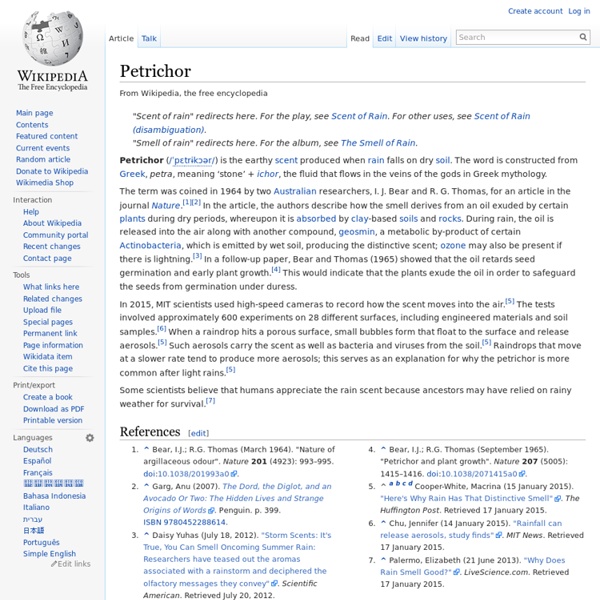Zoom
Trash
Related:



OpenCycleMap.org - the OpenStreetMap Cycle Map Off Topic: Einige Fakten zu Spiegel Online – Statistik zur Ressortentwicklung von 2000-2010 | surveillance and security - Eine Sammlung zu computer- und korpuslinguistischen Methoden des politisch motivierten Internet-Monitorings Liebe Freunde der Sicherheit, heute mal etwas, was uns vom eigentlichen Thema des Blogs wegführt. Die am 25. Oktober 1994 als Onlineversion des Nachrichtenmagazins Der Spiegel gegründet Plattform ist die meistgeklickte Nachrichtenseite im deutschen Sprachraum. Für ein kleines Forschungsprojekt beschäftige ich mich zurzeit ein wenig mit dem Sprachgebrauch auf Spiegel Online. Zur Quelle: Ich habe alle Artikel im Online-Archiv von Spiegel Online gezählt. Die folgende Grafik zeigt die Entwicklung der Artikelzahl in den jeweiligen Ressorts: Wenn man den prozentualen Anteil der Ressorts an der jährlichen Gesamttextmenge berechnet, dann ergibt sich folgende Grafik: Für den, der es gerne etwas übersichtlicher hat: Hier mal die Entwicklung der Anzahl der Artikel in den Ressorts Panorama, Politik – Deutschland und Politik – Ausland: Allerdings muss man der Fairness halber sagen, dass die Artikel im Ressort Panorama durchschnittlich kürzer sind, als die in den Politik-Ressorts.
Off Topic 2: Noch mehr Fakten zu SPIEGEL Online | surveillance and security - Eine Sammlung zu computer- und korpuslinguistischen Methoden des politisch motivierten Internet-Monitorings Liebe Freunde der Sicherheit, semantisch bestimmte Wort- und Phrasenklassen lassen sich natürlich nicht nur zur Aufdeckung subversiver Tätigkeiten benutzen, sondern auch für ganz unnütze Dinge, etwa zur Analyse von Online-Medien. Im vorletzten Posting habe ich mir die Ressortentwicklung bei SPIEGEL-Online angeschaut und herausgefunden, was wir ohnehin schon alle wussten: das von uns so geliebte Ressort “Panorama” wurde in den letzten 10 Jahren langsam aber stetig ausgebaut, so dass es inzwischen sogar mehr Artikel umfasst als Politik-Inland oder Politik-Ausland. Heute möchte ich euch ein paar Zeitreihen zeigen, die man getrost als Indikator für journalistische Qualität ansehen kann. Betrachtet man die Entwicklung von SPON von 2000-2010 so fällt zunächst auf, dass die durchschnittliche Wortschatzkomplexität pro Artikel im Trend allmählich abgenommen hat: Durchschnittliche Wortschatzkomplexität je Artikel in SPIEGEL-Online Skandalisierung- und Mutmaßungsindex für SPIEGEL-Online
the free encyclopedia Live ?bertragungen, Live Sport Streams, Fu?ball, Eishockey, Tennis, Basketball SPIEGEL ONLINE - Nachrichten